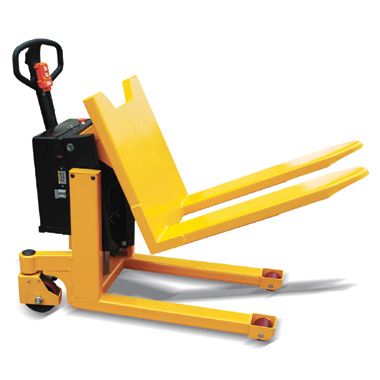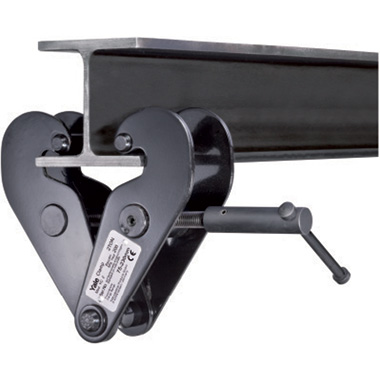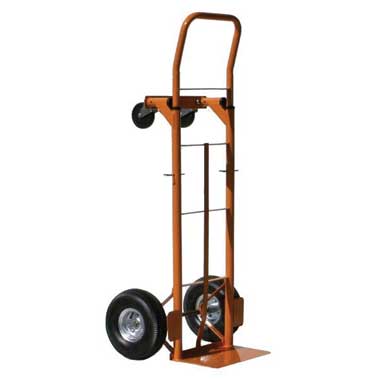
Musculoskeletal disorders (MSD) now account for over a third of all work related illness and the loss of more than 10 million days each year. Although often associated with back pain, the term MSD covers a wide range of ailments and can affect joints and tissue in many parts of the body. While the lifting of weight is often seen as the cause of MSD there are many other factors to consider. The distance you carry the weight for, where you pick it up from and place it down, the number of times you repeat the procedure and whether you must adopt an awkward position to do so will all play a part in creating a risk of injury.
The Manual Handling Operations Regulations 1992, lays out a number of guidelines which should help employers manage and reduce the risks to their employees.
- Avoid hazardous manual handling operations so far as is reasonably practicable, by redesigning the task to avoid moving the load or by automating or mechanising the process.

- Make a suitable and sufficient assessment of the risk of injury from any hazardous manual handling operations that cannot be avoided.

- Reduce the risk of injury from those operations so far as is reasonably practicable. Where possible, provide mechanical assistance, for example, a sack trolley or hoist. Where this is not reasonably practicable then explore changes to the task, the load and the working environment.


In short, the risks of MSD can be dramatically reduced with the use of proper manual handling equipment and the implementation of correct handling procedure. However, before implementing any new procedures, a full risk assessment should be carried out. The HSE produce a
manual handling assessment chart. Once complete, you should have a far clearer picture of the operations and tasks that require attention.
The NHS also offers practical guidance for those coping with MSD.